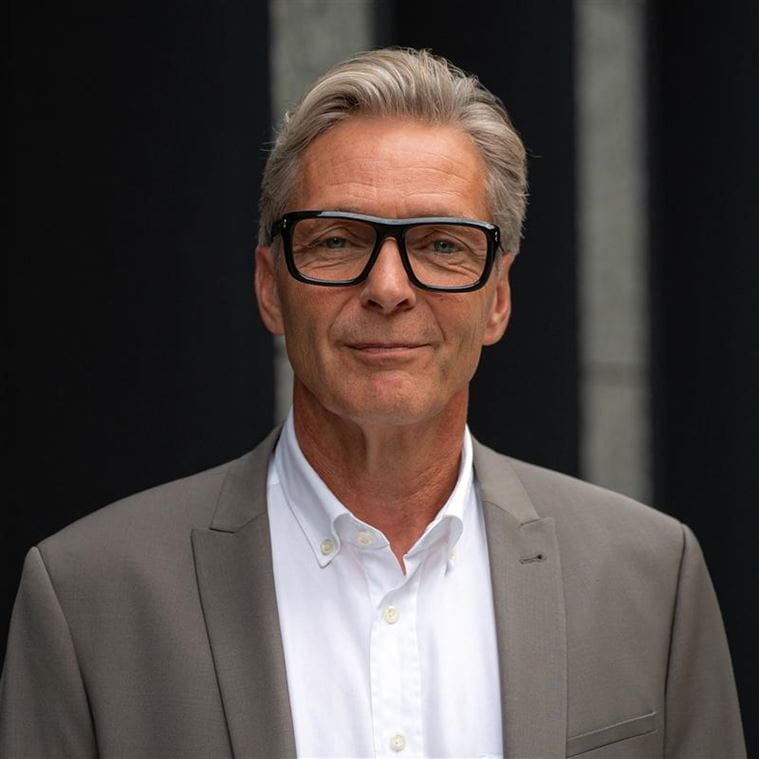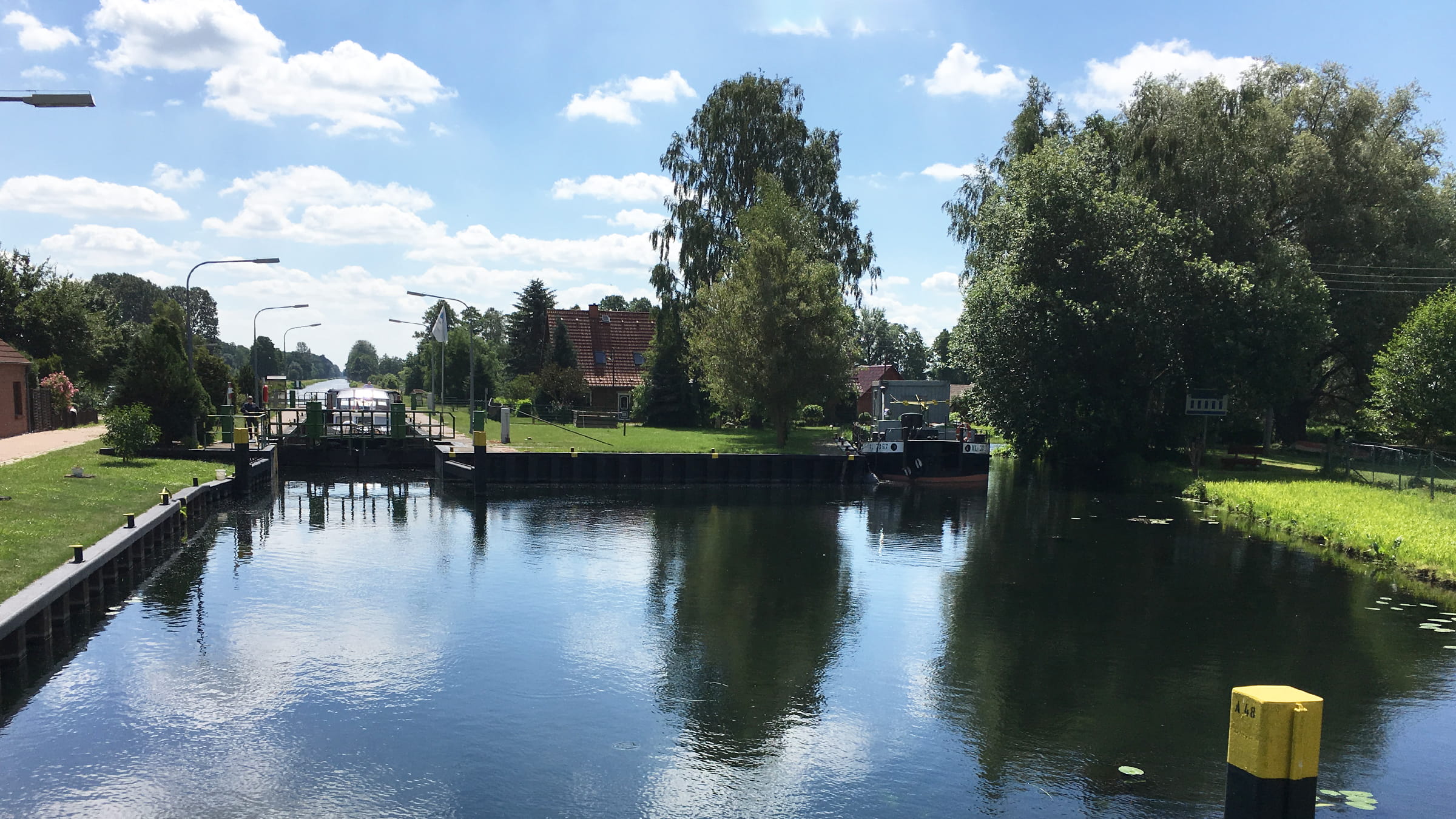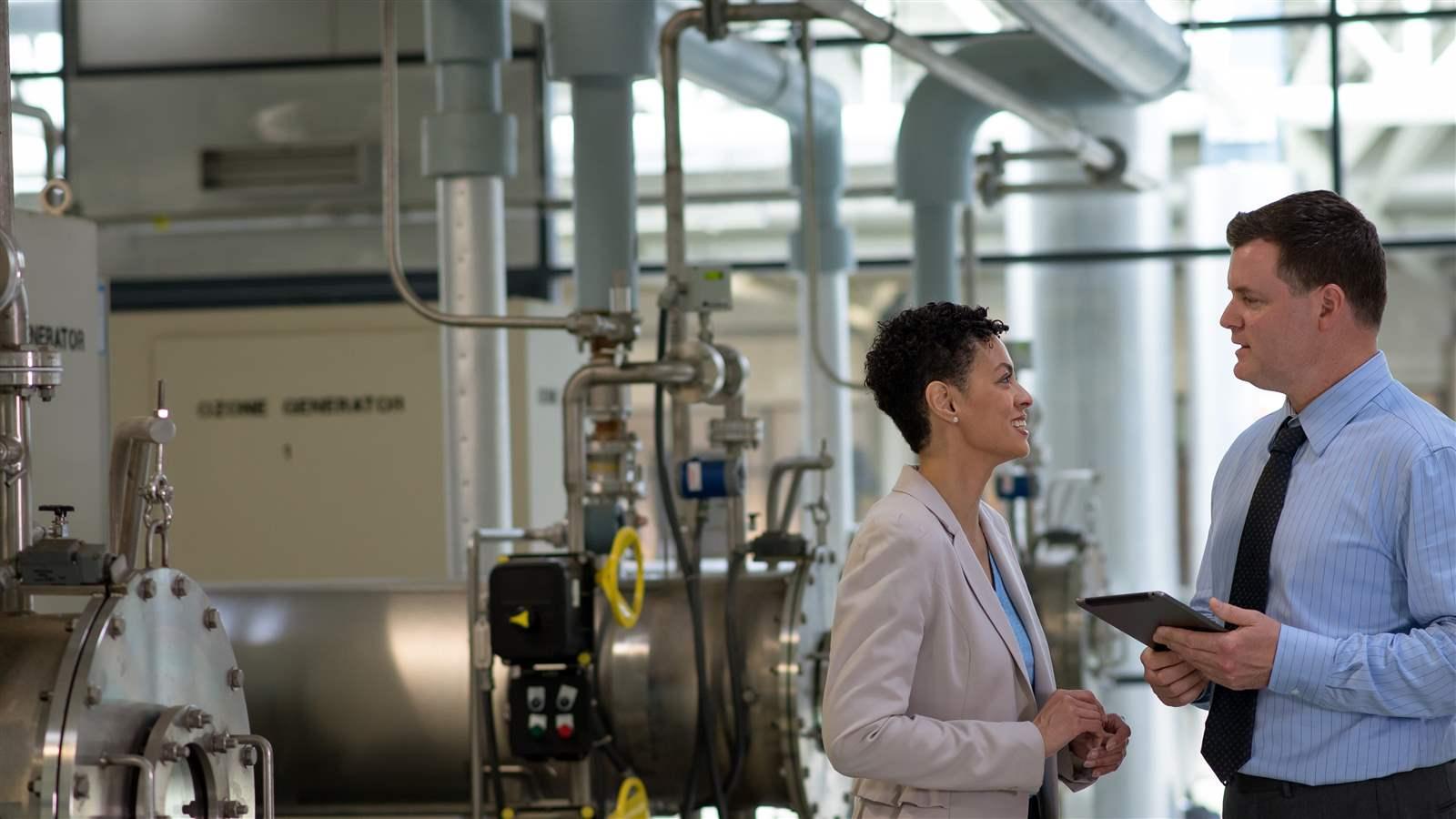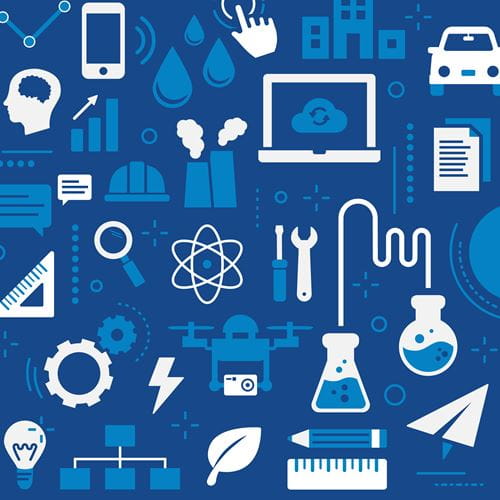Client Solutions
Client Solutions
Driven by your challenges and excited by your projects, we are passionate about serving clients and obsessed with technical excellence. We provide lasting and integrated solutions in water, environment, infrastructure, energy and facilities to public and private clients around the globe. As a full-service engineering and construction firm, we deliver exceptional client service, quality results and enduring value across the entire project life cycle.

Convince yourself of the professionalism of our project teams.

What We Do

How We Work

Who We Work With

Innovation
We are always working to help our clients stay ahead of the curve. Innovation defines the way we work, helps us redefine industry standards and fuels our curiosity for the unknown.
Explore Our Projects
Search for a featured project below, or browse by category.

